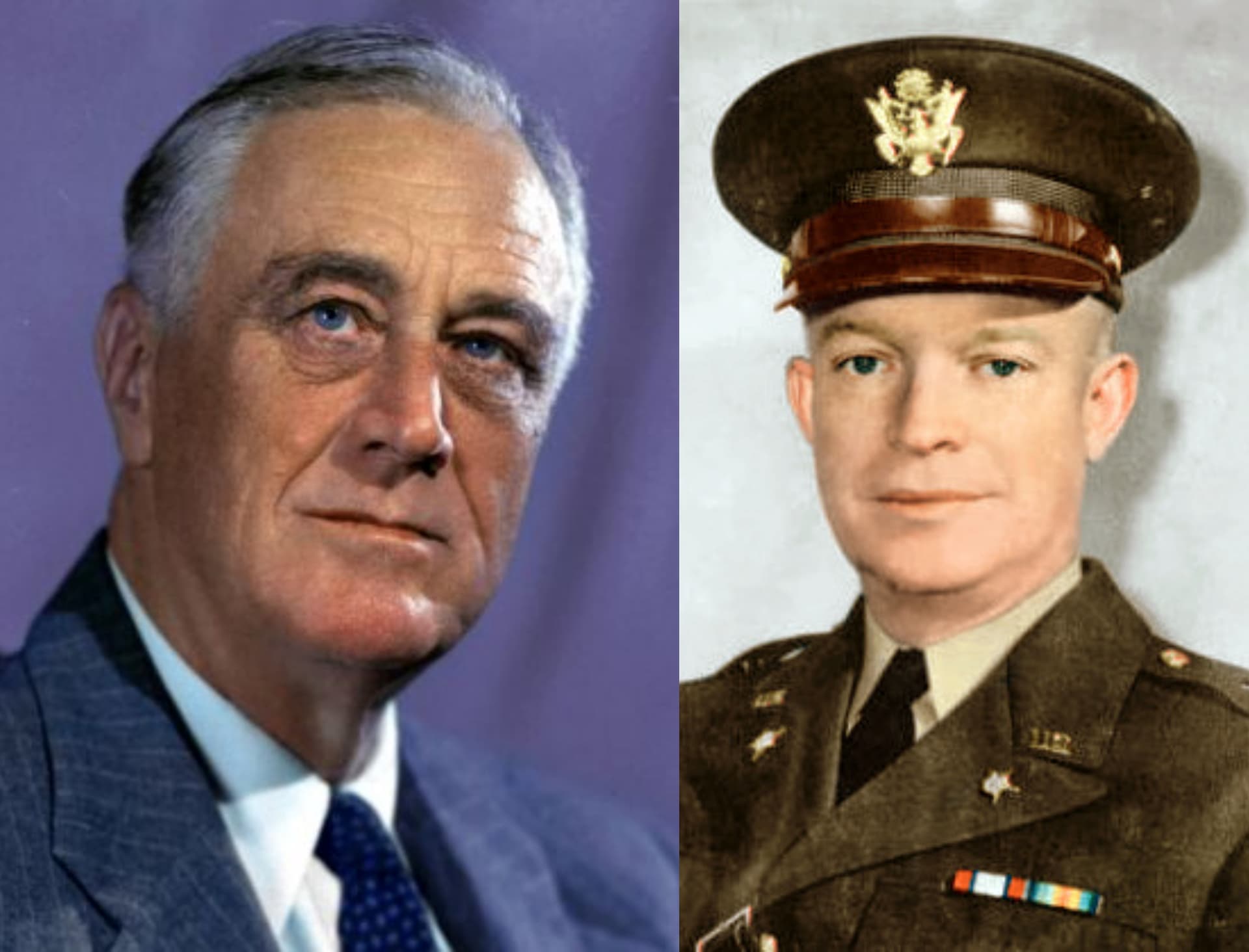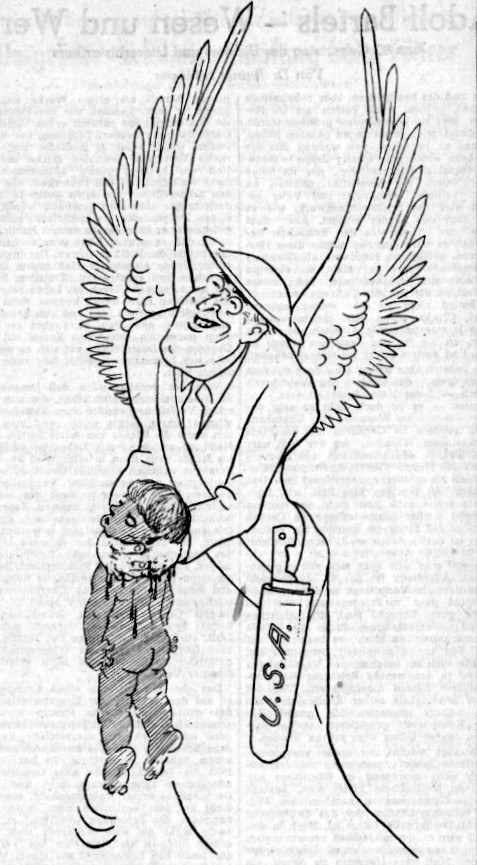Though the alien flag of a treacherous aggressor flies temporarily over the Commonwealth of the Philippines, it is with supreme confidence in ultimate victory that the United Nations commemorate this birthday of its youngest member.
It was just seven years ago that this Commonwealth was established. By that time, the United States had maintained sovereignty in the Philippine Islands for more than thirty years. But as I said in 1935 when the present Commonwealth was inaugurated:
The acceptance of sovereignty was but an obligation to serve the people of the Philippines until the day they might find themselves independent, and take their own place among the nations of the world.
Let me go back to the days when Adm. Dewey won the Battle of Manila Bay, and American sovereignty was established over the islands. To a very large part of the American people, it seemed incongruous and unwise that the United States should continue permanently a colonial status over many millions of human beings who had already shown a desire for independence.
However, the United States and the leaders of the Philippine people soon undertook a long-time process of providing facilities in the islands for education, health, commerce, and transportation, with the definite thought that the day would come when the people would be able to stand on their own feet. And at the same time, we granted them a greater and greater degree of local self-government.
By the year 1934, sympathetic conferences between Philippine and American leaders reached the conclusion that the time for complete independence could be definitely set, to follow a ten-year period of complete local autonomy under a Commonwealth form of government with its own Constitution.
This status was duly set up in 1935 under the Presidency of my old friend, Manuel Quezon. It succeeded so well that by December 7, 1941, we were jointly at work preparing for the consummation of complete independence in 1946. Both nations and peoples had kept faith with each other during all these years. Confidence in each other’s good faith was firmly established and it was cemented into place during the bitter months of ordeal which followed the treachery of Japan.
The brave peoples of the Philippines – their Army and their civilians – stood shoulder to shoulder with the Americans in their fight against overwhelming odds, resolute to shed their blood in defense of their liberty. Richly they deserved that liberty!
I like to think that the history of the Philippine Islands in the last 44 years provides in a very real sense a pattern for the future of other small nations and peoples of the world. It is a pattern of what men of good will look forward to in the future – a pattern of a global civilization which recognizes no limitations of religion, or of creed, or of race.
But we must remember that such a pattern is based on two important factors. The first is that there be a period of preparation, through the dissemination of education, and the recognition and fulfillment of physical and social and economic needs. The second is that there be a period of training for ultimate independent sovereignty, through the practice of more and more self-government, beginning with local government and passing on through the various steps to complete statehood.
Even we in the United States did not arrive at full national independence until we had gone through the preliminary stages. The town meetings in the New England colonies, and the similar local organizations in other colonies, gradually led to county government and then to state government. That whole process of political training and development preceded the final formation of our permanent federal government in 1789.
Such training for independence is essential to the stability of independence in almost every part of the world. Some peoples need more intensive training and longer years; others require far less training and a shorter period of time.
The recent history of the Philippines has been one of national cooperation and adjustment and development. We are sure now, if ever we doubted, that our government in the United States chose the right and the honorable course.
The pattern which was followed there is essentially a part and parcel of the philosophy and the ideals of the United Nations. The doctrine which controls the ambitions and directs the ruthlessness of our enemies – that there is one master folk destined to rule all other peoples – is a doctrine now on its way to destruction for all time to come.
The United States and the Philippines are already engaged in examining the practical economic problems of the future when President Quezon and his government are reestablished in the capital of Manila. He and I, in conference last week, have agreed to set up a joint commission of our two countries, to study the economic situation which will face the nation which is soon to be, and to work out means of preserving its stability, and above all its security.
This typifies the highest form of good faith, which exists wholeheartedly between our two governments.
It does more than that. It is a realistic symbol of our grim determination and of our supreme confidence that we shall drive the Japanese Army out of the Philippines to the last man.
President Quezon – on this auspicious anniversary – I salute, through you, the people of the Philippine Islands. I salute their courage. I salute their independence.


